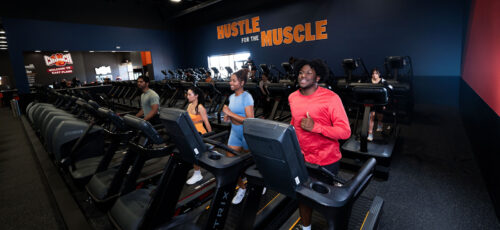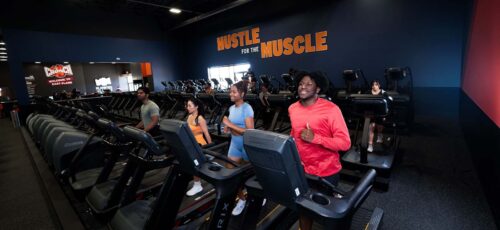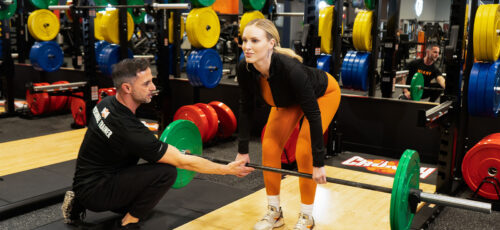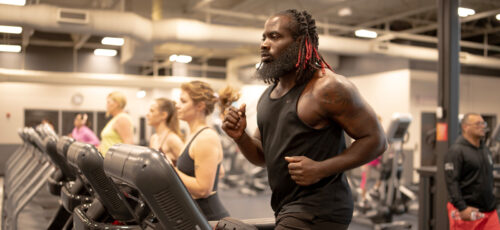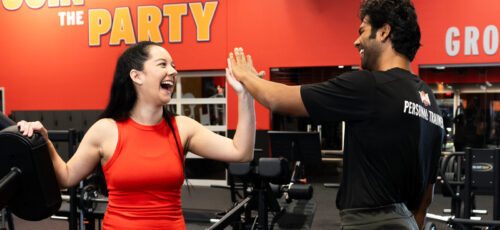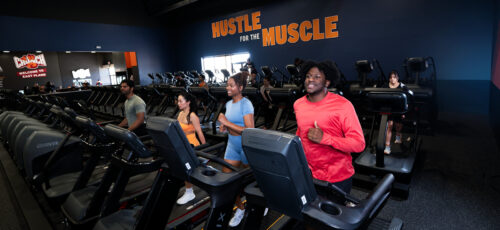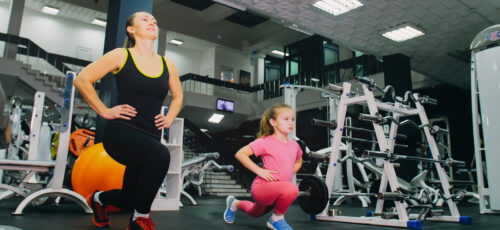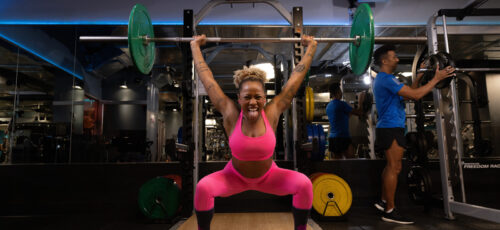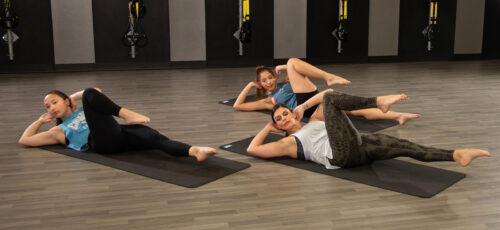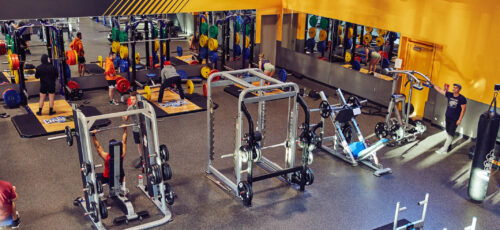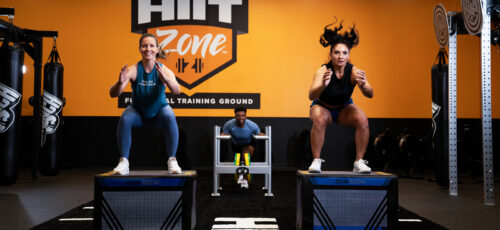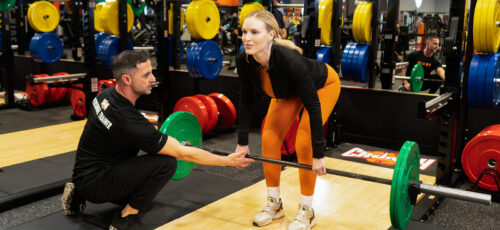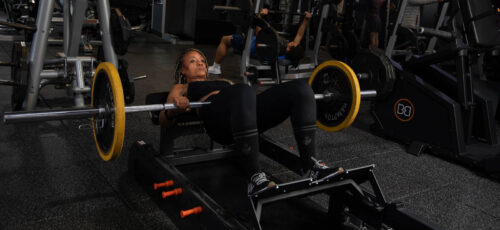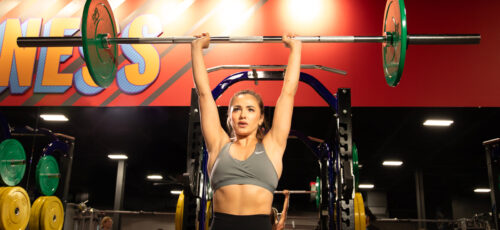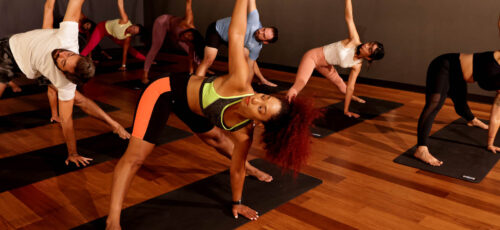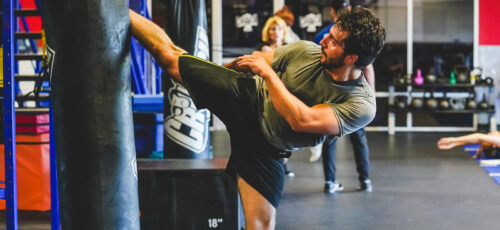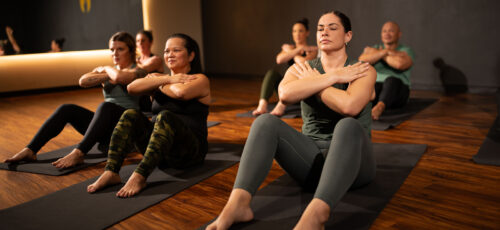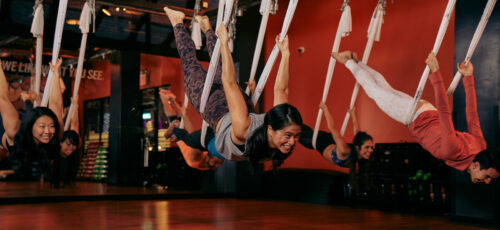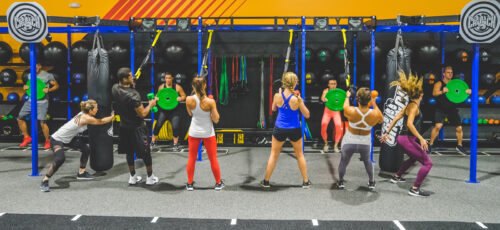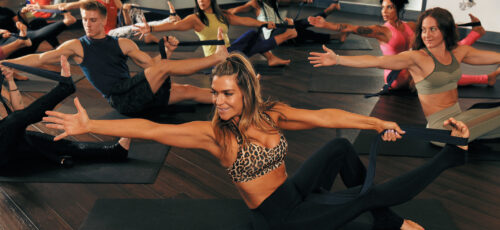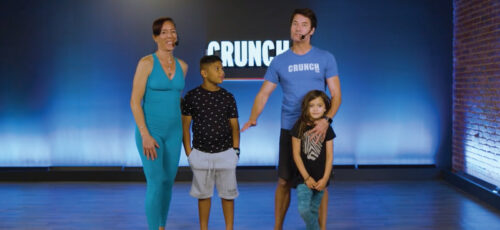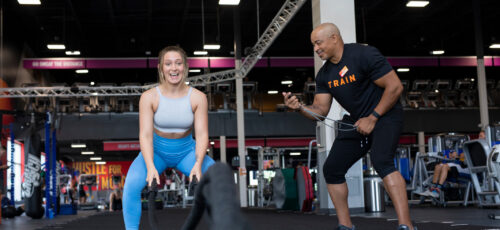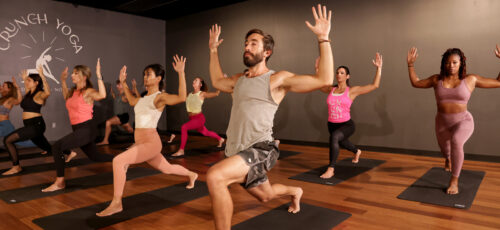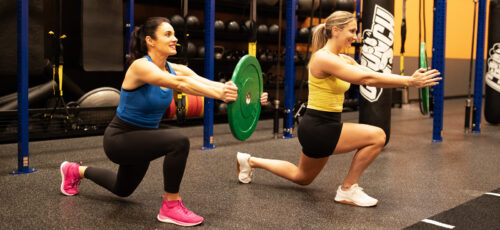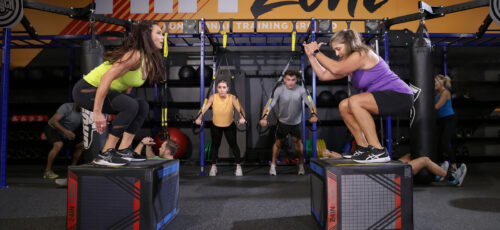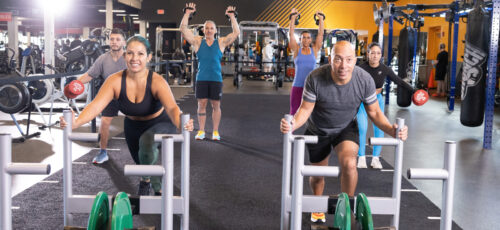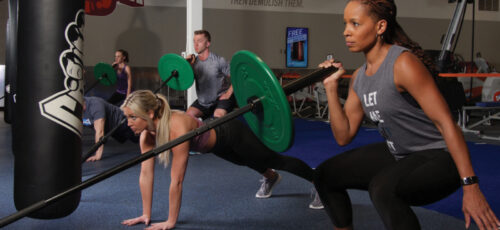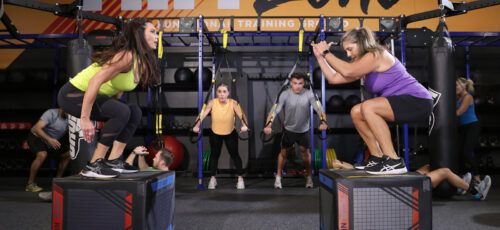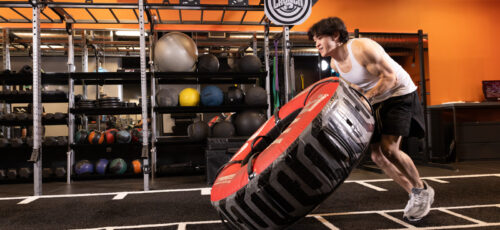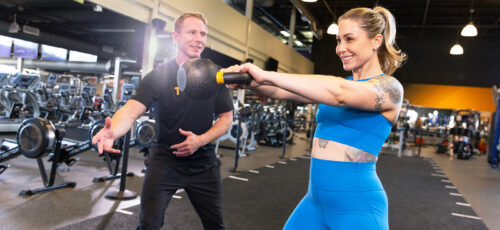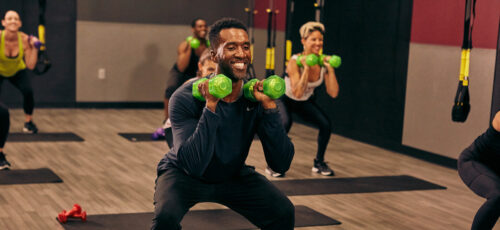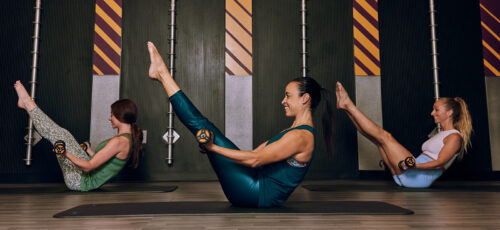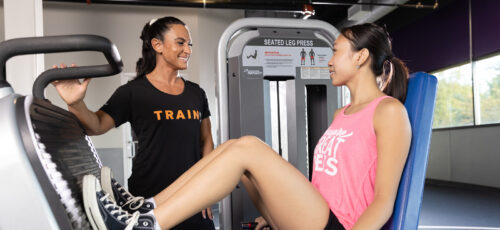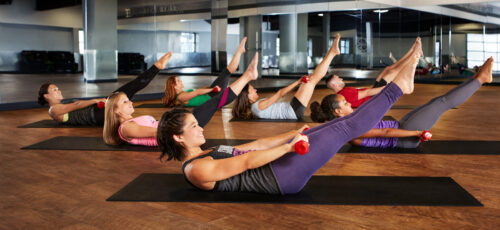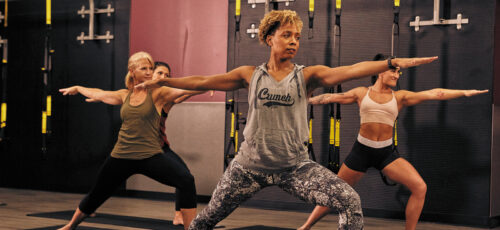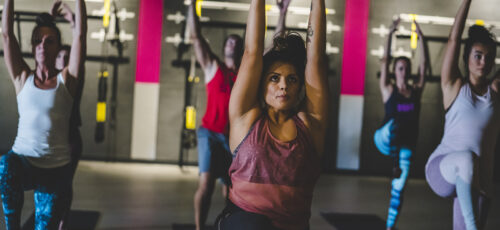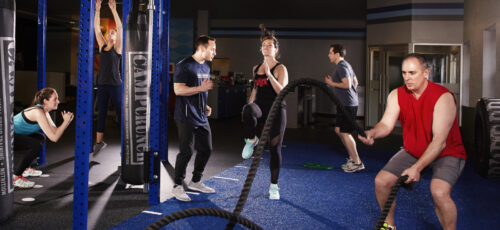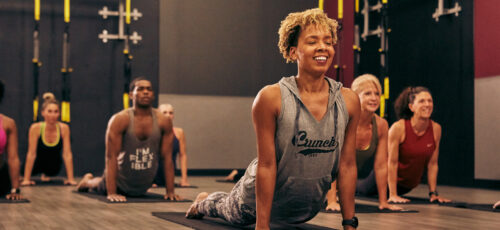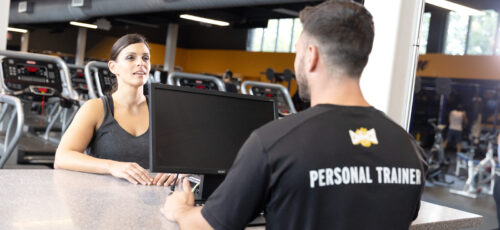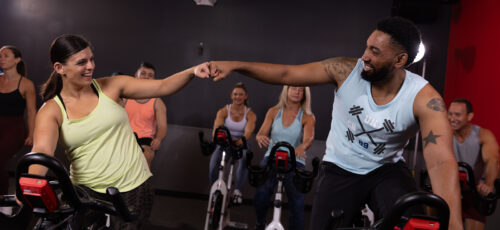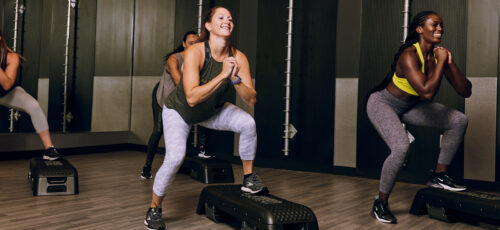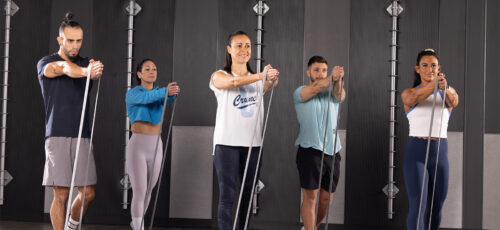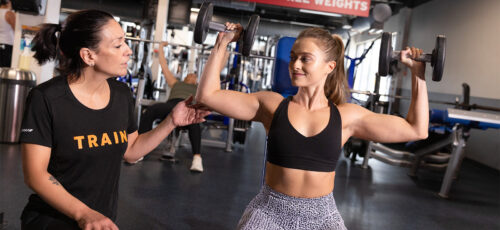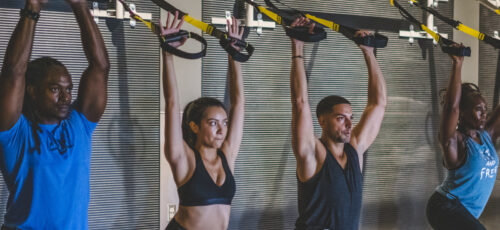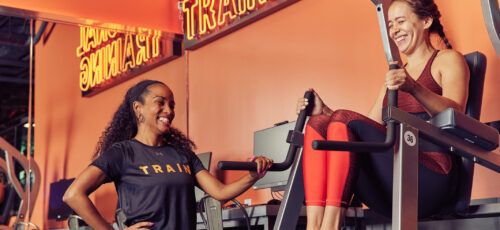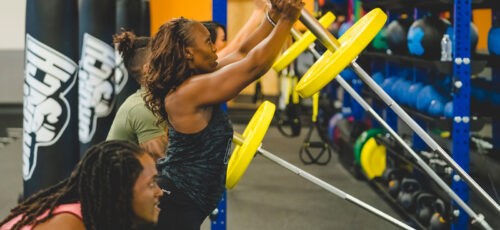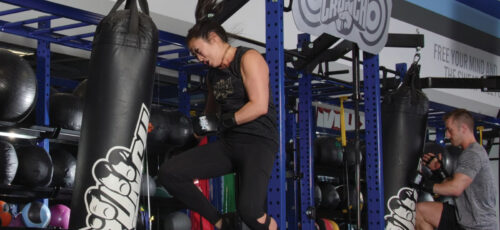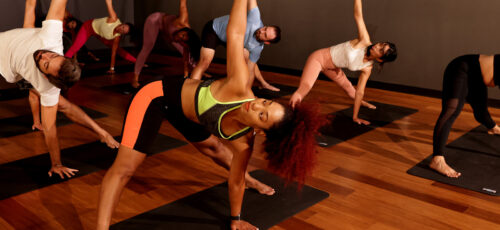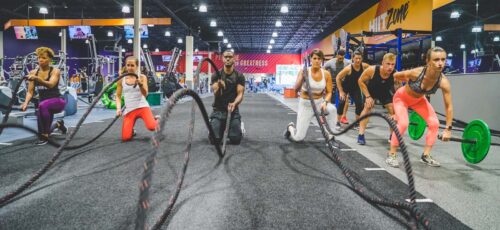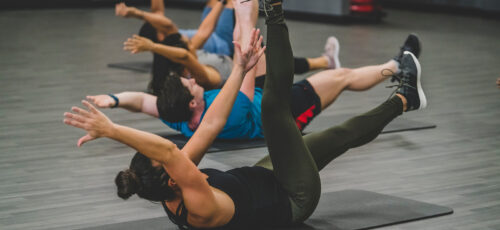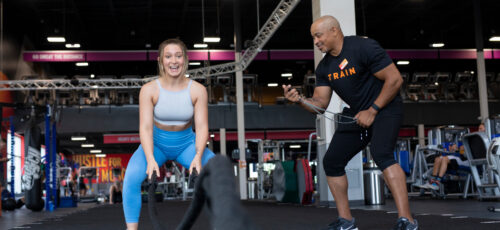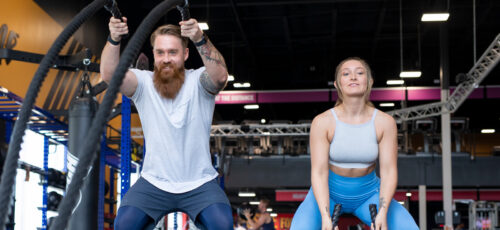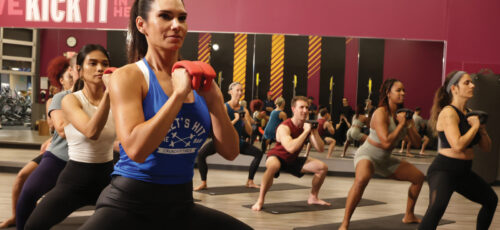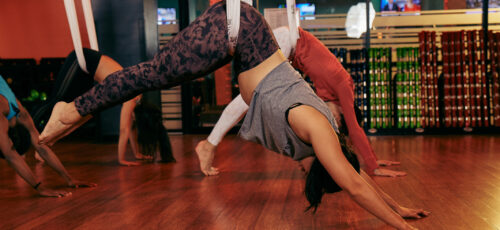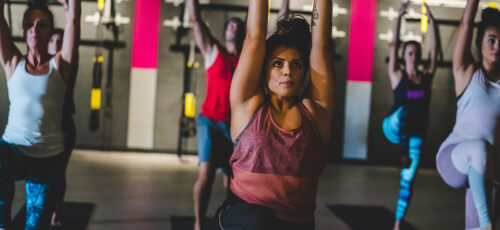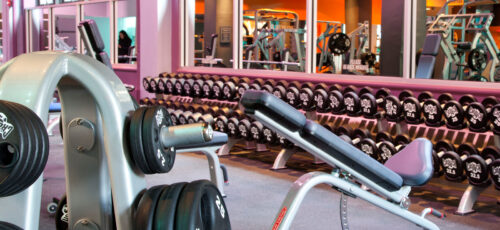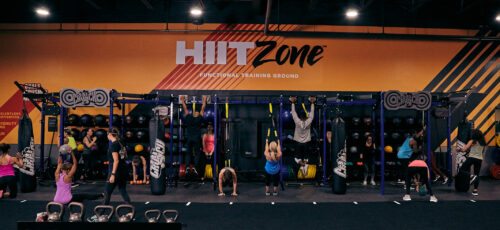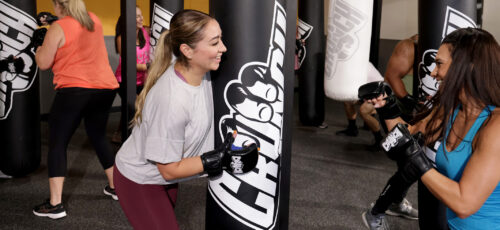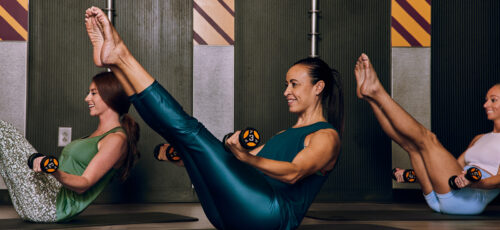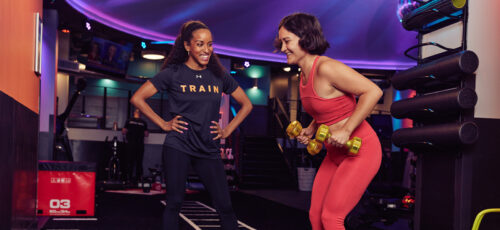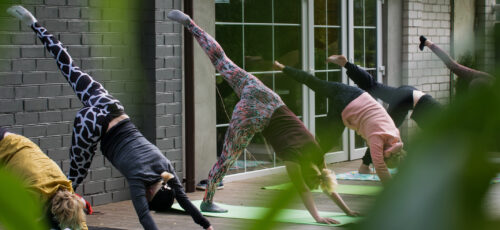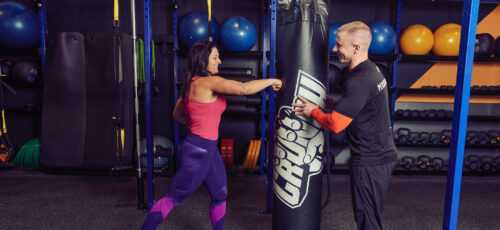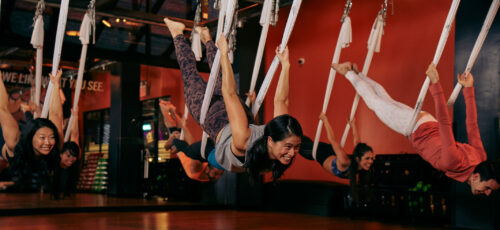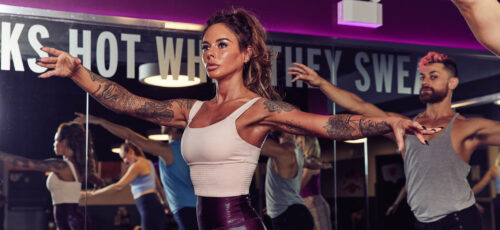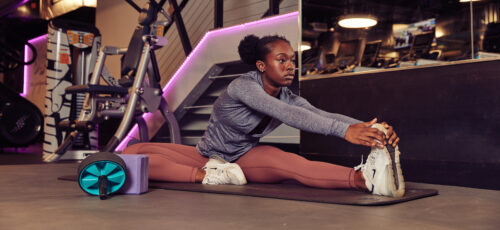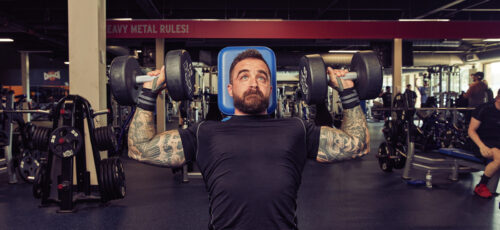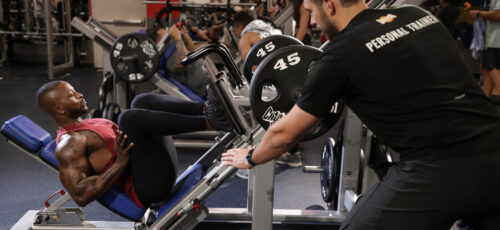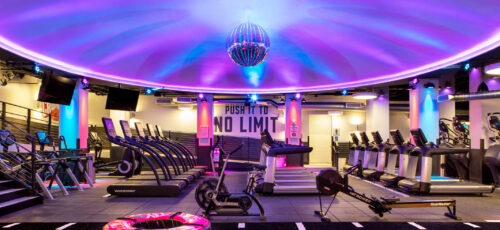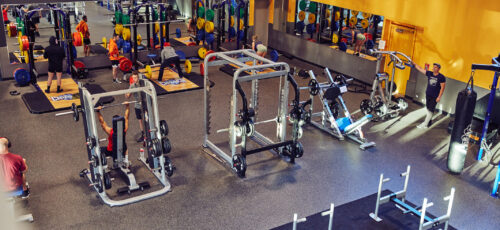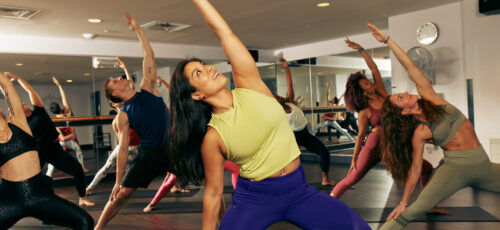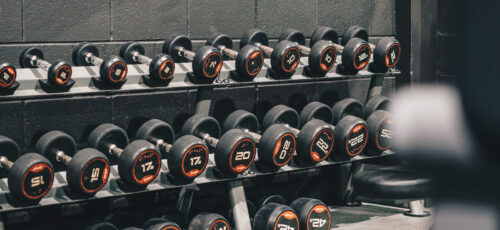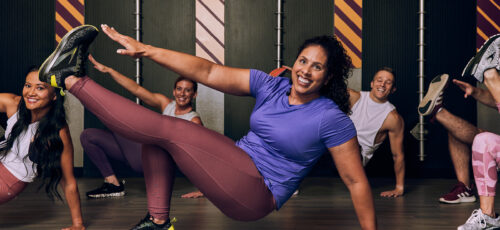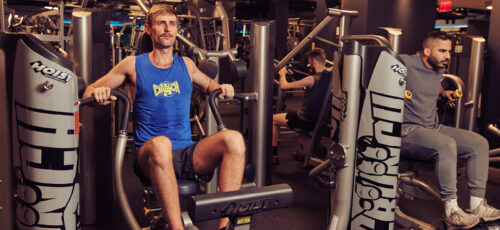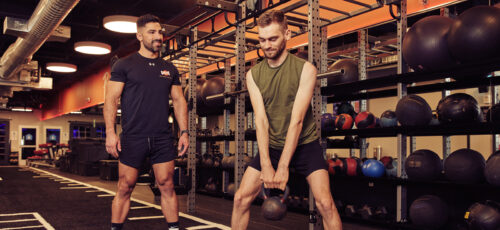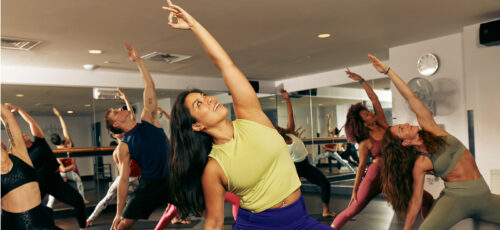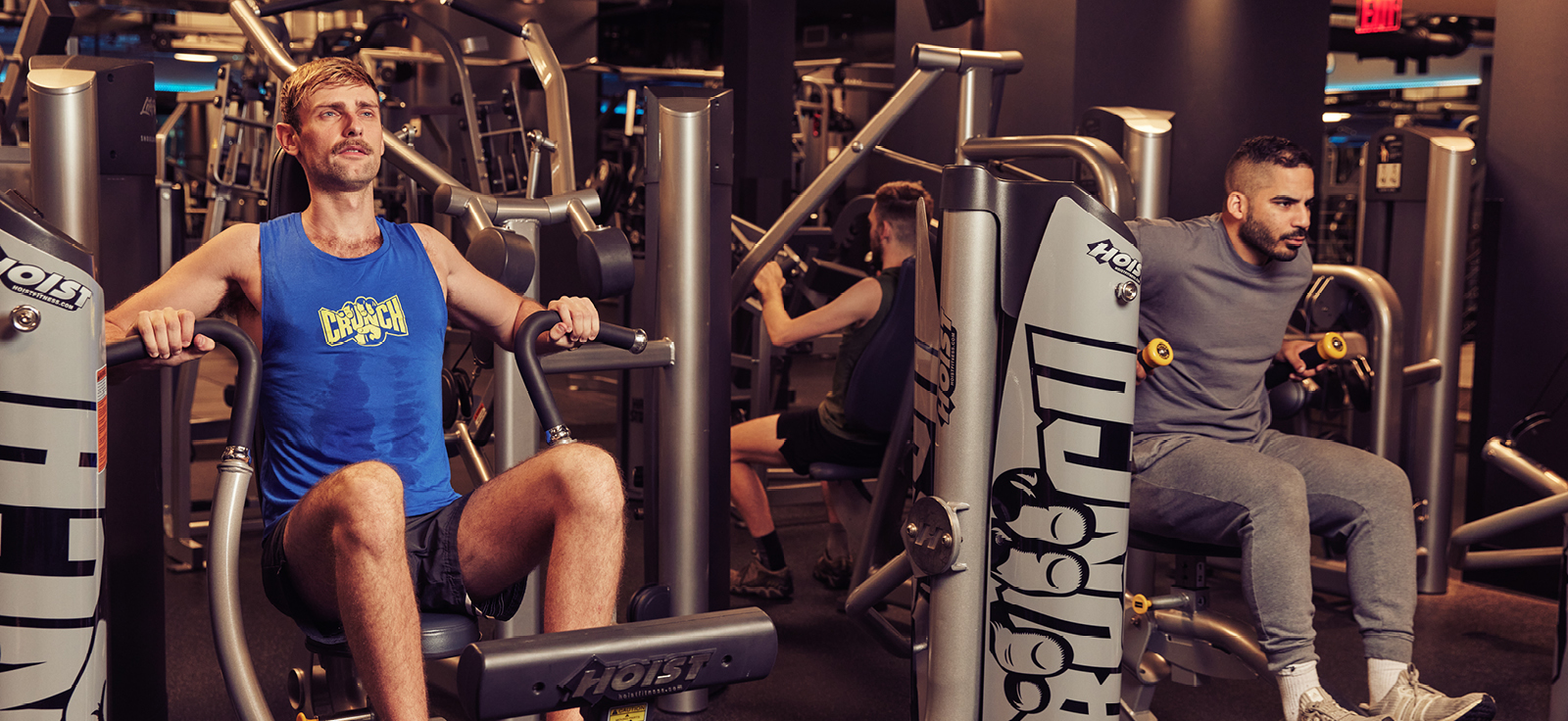
How to Build Your Own Fitness Program in 2023
Schedules & Exercises to Achieve Your Goals
For many individuals, the commitment and time needed to get fit isn’t a hold-up; instead, it’s the daunting task of building a solid fitness program. There is no one-size-fits-all approach to building a workout routine. You must take into account your individual goals, age, current fitness level, nutritional diet, and time allotted into consideration. With the plethora of exercises and approaches, it’s easy to overcomplicate the entire thing. Have no fear.
Let’s dive into a general outline for building your own fitness program in 2023 with a consistent schedule and exercises to crush your goals.
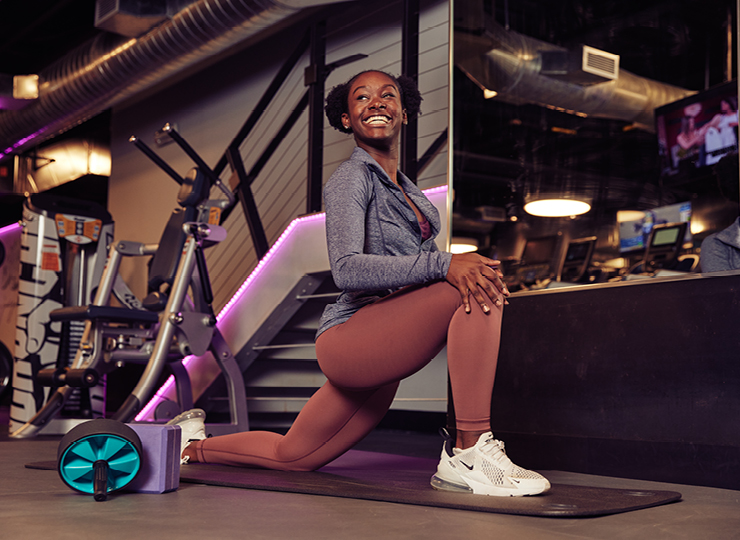
Step 1: Determine Your Current Situation
First things first, you must determine your current situation. In order to facilitate a change in habits, you must understand and accept your present scenario, be honest with yourself, and commit to implementing a new routine. This approach will allow you to move forward with a positive mindset and commitment to your new fitness program. This starts with asking yourself the question, “what is my current fitness level?”
What is Your Current Fitness Level?
Your current fitness level includes many statistics related to your physical fitness, not just how fast you can run a mile and how many push-ups you can complete in a minute. Another excellent measurement to take when exercise testing is your resting heart rate, which indicates your current aerobic fitness level. To measure your resting heart rate, place two fingers below the carotid artery in your jawline or on your radial artery inside your wrist below your thumb, and count the number of beats per minute.
You may also assess your flexibility, as increased mobility and coordination helps stabilize the spine, and your level of explosive power in a vertical jump. Finally, a wall sit is an excellent exercise test to determine your current lower body strength. With each of these measurements in hand, you can determine your goals and build an exercise program that is specific to them. This can ultimately include resistance training, cardio workouts, and more.
What Does Your Diet Look Like?
The second question to ask yourself is, “what does my current diet look like?” Do you tend to consume significant amounts of sugar, carbs, fats, or proteins? While there is no one nutrition plan for good health, several foods are more nutrient-dense than others. Nutrient-dense foods are packed with vitamins and minerals that help our body systems function better, heal quicker, and avoid potential illness.
It’s helpful to record your daily intake in a journal for several days and establish a baseline. You can then determine which foods, if any, you’d like to swap for a more nutrient-dense option. Remember, the foundation of your meal plans must include proper hydration and caloric intake to support your daily life and well-being.
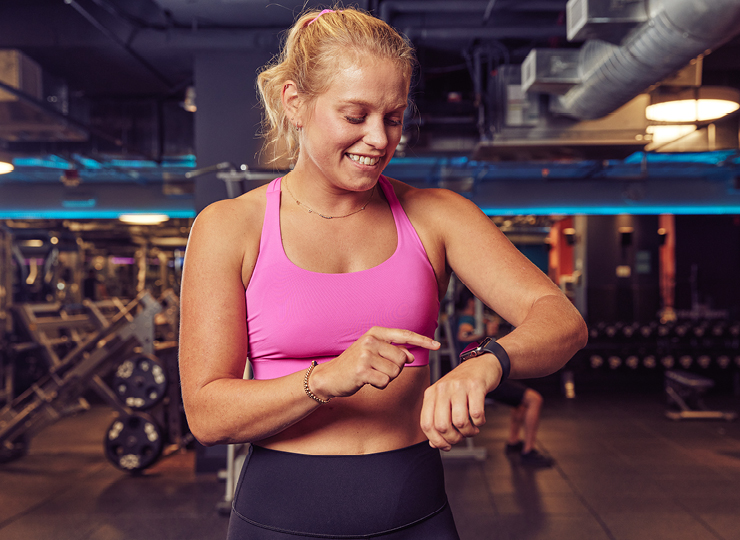
Step 2: Determine Your Goals
Are you trying to lose weight? Are you trying to increase your muscle mass or gain more weight? Are you preparing for a half marathon or competition? Or are you simply after a healthier lifestyle where you can move and thrive without limits? Whatever your reason, it’s essential to determine your vision and goals and commit yourself to this journey wholeheartedly.
What Role Do You Want Fitness to Play?
Are you interested in fitness as a primary role-player in your life? Or is it secondary to other passions? You must determine the level of importance and tailor your lifestyle accordingly. If health and wellness are of the utmost importance, you must carve out a consistent routine and period in which you complete your workout routine.
With Crunch, it becomes easy, as our flexible fitness hours allow for more movement from dawn to dusk. You can participate in a self-guided fitness program, incorporate classes to shake things up, or consult with one of our stellar in-house personal trainers and nutritionists. Search here to find a Crunch fitness center near you.
What is Your Why?
Your purpose in life can also be considered your why—your reason for existence. When you hone in on your why, aligning all actions with that singular path becomes easy. Understanding your why in fitness is critical because your sense of direction isn’t as clear without it. This makes commitment and motivation extremely challenging.
Identifying your why allows you to align your mindset and make things happen. Your why is your reason for moving forward. It’s the driving force behind your daily habits, such as your sleep habits, decisions, and thoughts. Therefore, you must ask yourself, what is your why? Whatever your purpose for focusing on fitness and health, you must commit to that with such determination that nothing will stop you from crushing your workout program.

Step 3: Start with the Basics
It’s time to dive into the actual foundation of your workout program. Have you ever heard the phrase, “keep it simple?” This absolutely applies here, as the best workout program is simple enough to keep you engaged, motivated, and involved.
The basics of any stellar fitness program include simple full-body exercises completed for a certain period or by the number of reps. This is considered one round. Typical workouts have three to five rounds of different exercises. The key areas to target include the following:
- Quads (front of your legs)
- Glutes (butt) and hamstrings (back of your legs)
- Chest, shoulders, and triceps (“push” muscles)
- Back, biceps, and forearms ( “pull” muscles)
- Core (abdominals and back)
Let’s explore this further with specific exercises that you can choose to incorporate into your routine.
Exercises, Duration, Reps, & Rest Periods
There are two types of exercises:
- A compound exercise is a movement that utilizes multiple muscles simultaneously. An example is push-ups, an exercise that incorporates the upper body (triceps, biceps, and forearms).
- An isolation exercise is a movement that focuses on a single muscle group. An example is bicep curls using resistance bands.
While both exercises are extremely beneficial, we’ll focus on compound exercises for this article to attack your fitness goals, streamline your workouts, and increase efficiency.
Some excellent compound movements to incorporate include:
- Squats
- Lunges
- Deadlifts
- Hip raises
- Overhead press
- Bench press
- Chair dips
- Chin-ups
- Bent-over rows
- Planks
- Mountain climbers
- Twists
Begin by selecting four or five of these exercises and determining how many reps for each with an included rest period. An excellent place to start is 8-12 reps of a specific compound movement before taking a 60-90 second rest. For example, you can complete 10 squats and then rest for 60 seconds before moving on to your second set. Complete three to five sets, then move to your second exercise.
Another option is to set a time limit for each set, such as 30 seconds. In this scenario, you’d set your countdown and complete as many squats as possible in the 30 seconds before entering the rest period.
Each of these movements helps to hone in on your fitness level, advance your physique, and requires a can-do mentality, furthering your positive mindset. Remember, simple is key. Don’t overcomplicate your workouts; instead, focus on completing them to the best of your ability.
How Much Weight is Recommended?
If you’re interested to learn how much weight is recommended for each exercise, the key is to lift heavy enough that it feels like a challenge, but not so heavy that you can’t complete the set or have no fuel in the tank at the end. Cris Dobrosielski, a spokesperson for the American Council on Exercise and owner of Monumental Results, recommends beginning with what you consider a light to moderate weight.
When you start, focus primarily on developing the proper technique. Once you have this locked down, you should shift your focus to feeling significant exertion as you complete an exercise. This is critical to ensure you’re actually reaping the benefits of participating in a fitness program. The best way to determine this weight is to simply go through trial and error. You’ll know when you need to up the weight when you can complete the maximum amount of reps in the set (12+) and still have plenty of energy to run a mile or tack on additional exercises.
Create Supersets & Utilize Circuits
A superset is a set of two exercises completed back-to-back with minimal rest. The primary benefits of incorporating supersets into your fitness program are building muscle, increasing muscular endurance, and maximizing your time in the gym. You’re also increasing your cardiovascular fitness level as your heart rate increases to accommodate your increase in oxygen consumption.
A circuit is many exercises completed simultaneously without stopping. It is similar to high-intensity interval training (HIIT) and targets strength-building and muscular endurance. This is another excellent option to incorporate into your workout. You can complete a circuit focusing on the lower body and another on the upper body and core. This guarantees you hit every major muscle group and effectively maximize your workout.
How Much Time & How Many Days Do You Need to Train Each Week?
There is truly no such thing as an optimal amount of time for a workout. Some individuals complete more in 30 minutes than they do in 60. Others require additional rest periods and 60-90 minutes to get their workout in. For a typical workout, 45 minutes is enough time to complete a 5-minute warm-up and cool down with ample time for exercise and rest periods. If you’re just starting out and find that you hit a physical or mental block around 25-30 minutes, no worries. That is perfect. The key is to find what works well for you and promote consistency and completion over perfection.
As for how many days you need to train each week, again, it’s all about consistency. If you can commit to two days each week, that’s perfect. If you can commit to three or four days each week, that’s also perfect. Creating a new habit takes time. As you dive further into your fitness program, you’ll find that you enjoy the release you feel during and especially after a workout and begin to crave it.

Step 4: Record Your Workouts & Reflect on Your Progress
The final step in any successful fitness program is to record your workouts, including any pros and cons, emotions, mental hurdles, and related comments. An excellent option is to purchase a calendar, journal, or fitness log. Remember to schedule dates to reflect and adjust your program to ensure you limit possible plateaus and continue to crush your goals. An example fitness log includes:
- Record the date, time, and your individual fitness goals in the header.
- Write down each exercise’s reps and weight.
- Record the commentary mentioned above.
- Repeat after each session.
Adjust to Keep Your Mind & Body on-Track
Any stellar fitness program involves periods of maintenance. Overcoming any plateaus requires a change up in your routine. Thankfully, as you progress along your health and fitness journey, it becomes easier to evolve as you educate and elevate your abilities in the gym. In addition to keeping your body on track, you also want to prioritize your mind and emotional well-being. This ensures you’re present and capable of rising to the occasion, maintaining consistency, and completing complex challenges in the gym each day.
For many individuals, the commitment and time needed to get fit isn’t a hold-up; instead, it’s the daunting task of building a solid fitness program. There is no one-size-fits-all approach to building a routine. You must take into account your individual goals, age, current fitness level, nutritional diet, and time allotted into consideration. With the plethora of exercises and approaches, it’s easy to overcomplicate the entire thing. That said, have no fear. By taking into account the guidance above and prioritizing a consistent schedule, you’re sure to crush your goals.
Crunch promotes a culture of positivity, inclusivity, and fun with no judgments by providing an environment for all individuals regardless of their health and fitness goals. Find a Crunch gym near you to try our free trial membership, or join Crunch now. We’re here for you – at the gym or at home. Access the best live & on-demand workouts anytime, anywhere with Crunch+. Ready to get sweaty? Try hundreds of workouts for free! Start your free trial now!










